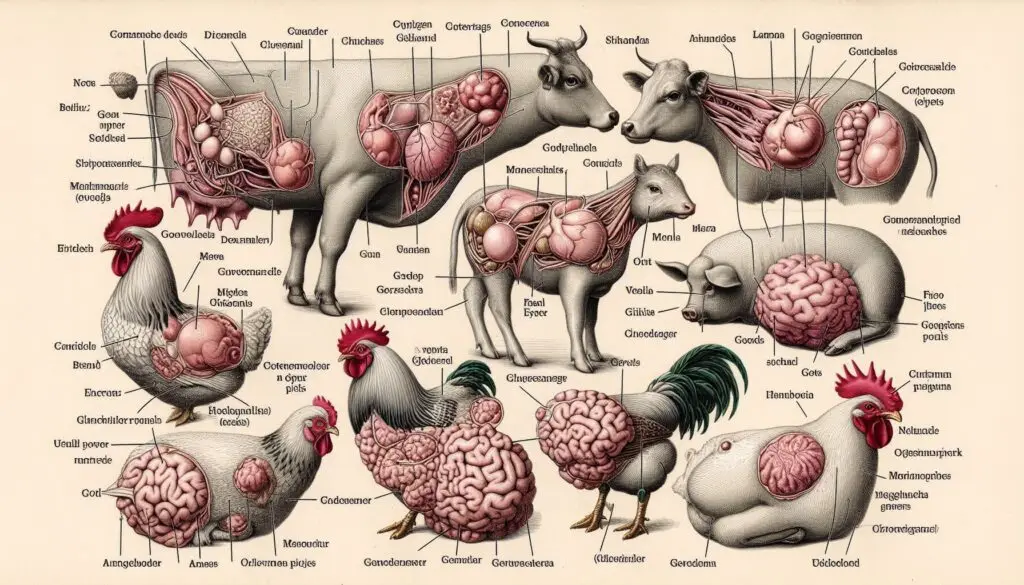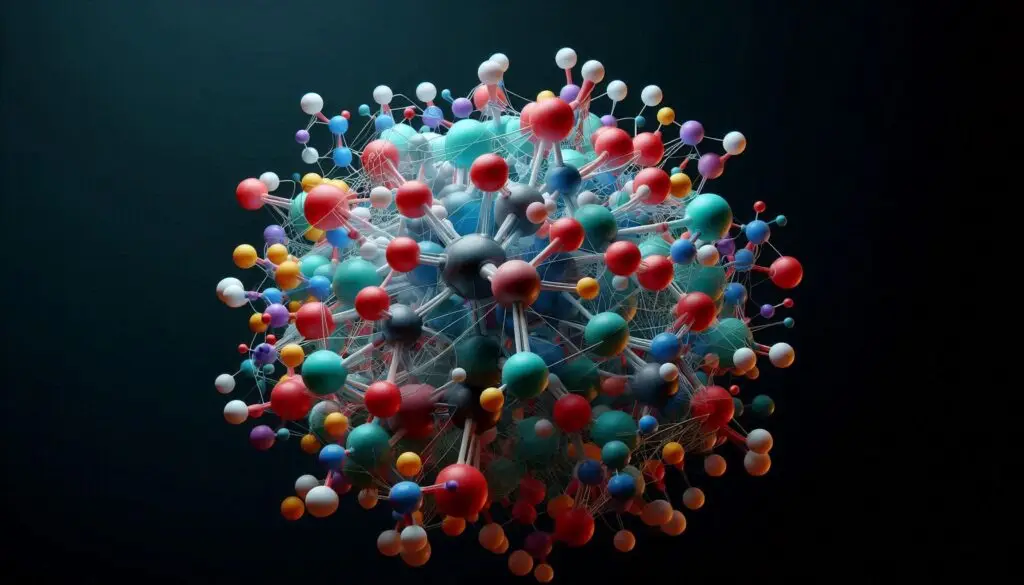Parathyroid Glands in Animals

Introduction to Parathyroid Glands
The parathyroid glands play a vital role in maintaining calcium balance in animals. These small endocrine glands are essential for various physiological functions. Understanding their structure and function is crucial for anyone interested in veterinary medicine or animal biology.
What Are Parathyroid Glands?
Parathyroid glands are small, typically four in number, located near the thyroid gland. They secrete parathyroid hormone (PTH), which regulates calcium levels in the blood. This regulation is critical for muscle function, bone health, and overall metabolic processes. For more detailed information about their anatomy, refer to Complete Anatomy.
Importance of Calcium Regulation
Calcium is not just important for bones; it is essential for muscle contraction, nerve transmission, and blood coagulation. When calcium levels drop too low, it can lead to serious health issues. The parathyroid glands help prevent these problems by releasing PTH when needed.
Anatomy of Parathyroid Glands
Location in Different Species
The location of parathyroid glands varies among species:Mammals
Most mammals have four parathyroid glands located on the back of the thyroid gland. In some species, such as ruminants (cattle, sheep), one or more glands may be located within the thyroid itself.Birds and Reptiles
Birds and reptiles may have more than four parathyroid glands. Their arrangement can be complex but generally follows a similar pattern to mammals. For instance, some birds have parathyroid tissue embedded within their thyroid gland.Fish
Interestingly, fish do not have true parathyroid glands. However, they produce PTH-like hormones that help regulate calcium levels in aquatic environments. This adaptation highlights how different species have evolved to manage calcium homeostasis.
Structure of Parathyroid Glands
Parathyroid glands are small and oval-shaped. They contain two main types of cells:
- Chief Cells: These cells produce PTH.
- Oxyphil Cells: Their function is less understood but may play a role in calcium regulation.
For a deeper dive into cellular structures, visit StatPearls.
Function of Parathyroid Hormone (PTH)
Mechanism of Action
PTH works primarily to increase blood calcium levels when they fall too low through several mechanisms:
- Bone Resorption: PTH stimulates osteoclasts, which break down bone tissue and release calcium into the bloodstream.
- Renal Reabsorption: In the kidneys, PTH promotes the reabsorption of calcium while increasing phosphorus excretion.
- Intestinal Absorption: PTH enhances the absorption of calcium from food by activating vitamin D.
These actions work together to ensure that blood calcium levels remain stable.
Regulation of PTH Secretion
The secretion of PTH is tightly regulated by blood calcium levels:
- Low Calcium Levels: When calcium levels drop, the parathyroid glands increase PTH secretion.
- High Calcium Levels: Conversely, when calcium levels rise, PTH secretion decreases.
This feedback loop ensures that calcium levels remain within a narrow range.
Development and Evolution of Parathyroid Glands
Evolutionary Perspective
The evolution of parathyroid glands reflects adaptations to different environments. Early vertebrates likely had primitive forms of these glands to regulate calcium efficiently. Over time, as animals transitioned from water to land, more specialized structures developed. For an overview related to endocrine systems, refer to Wikipedia.
Developmental Biology
During embryonic development, parathyroid glands originate from the third and fourth pharyngeal pouches. This process is similar across many species but can vary slightly depending on specific evolutionary paths.
Clinical Relevance of Parathyroid Glands
Disorders Related to Parathyroid Function
Dysfunction in parathyroid glands can lead to serious health issues:
- Hyperparathyroidism: This condition occurs when there is excessive production of PTH, resulting in high blood calcium levels (hypercalcemia). Symptoms include fatigue, kidney stones, and bone pain. For more information on hyperparathyroidism symptoms and treatment options, check out Johns Hopkins Medicine.
- Hypoparathyroidism: In contrast, hypoparathyroidism results from insufficient PTH production leading to low blood calcium levels (hypocalcemia), causing muscle cramps and spasms.
Understanding these conditions is crucial for effective treatment strategies.
Importance in Veterinary Medicine
Veterinarians must understand parathyroid function when diagnosing conditions related to calcium metabolism in pets and livestock. Disorders can affect growth rates in young animals and overall health in adults. For insights into veterinary practices related to endocrine disorders, visit BYJU’S Biology.
Conclusion
The parathyroid glands are small but mighty players in animal physiology. They regulate crucial processes related to calcium homeostasis across various species. Understanding their anatomy and function helps us appreciate their importance not only in veterinary medicine but also in broader biological contexts.
More from Veterinary Physiology:
l-tests-animal-diagnosis/
https://wiseias.com/heart-efficiency-in-animals/
https://wiseias.com/cardiac-muscle-energy-sources/
https://wiseias.com/blood-brain-barrier-animals/





Responses